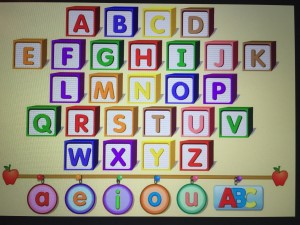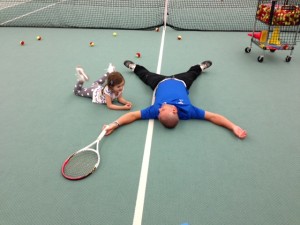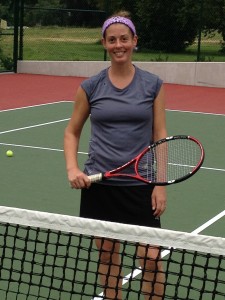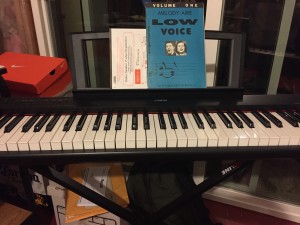Easter-Bunny-Egg-Passion
At this time of year we are inundated with four basic words: Easter, bunny, egg and passion.
Easter: the most important and oldest festival of the Christian Church, celebrating the resurrection of Jesus Christ and held (in the Western Church) between March 21 and April 25, on the first Sunday after the first full moon following the northern spring equinox.
Passion: 1) strong and barely controllable emotion 2) the suffering and death of Jesus.
When I was growing up, my family celebrated Easter with coloring eggs and hiding sweets around the house and yard. This took place on Sunday, Christ’s resurrection. Good Friday was experienced in a much different atmosphere-one of sobriety and somberness-reading the account of Christ’s crucifixion. Of course, Sunday was our favorite.
Things began to change as I was married and my wife and I raised three children. The emphasis began to be on taking pictures with the Easter Bunny in the mall, still coloring eggs and hiding sweets for the children to find. There was/is a marked de-emphasis on the crucifixion and resurrection of Christ.
As we develop our World View, mine is centered, at this time of year on the ‘passion’ of Christ. Being an athlete and earning my living from being a tennis professional, I recognize more and more the work of ‘passion’ in attaining success, however you want to interpret it -money, fame, or simply helping those in your frame of life – throughout your lifetime.
Three times Christ asked his heavenly Father to ‘let this cup pass from me’. Three times he submitted to his Father’s heavenly will. As I read and reread the account of Christ’s crucifixion, I develop a greater sense of the passion he had/has for us as human beings. Passion has always driven me in my profession as a tennis pro. Without it, I could never have accomplished what I did, the way I did it-with God’s help. I can’t begin to imagine the unfailing love of the Father and the Son in what was accomplished on the cross that day – Christ died and rose again. The Father’s and Son’s passion to show us unfailing love. I am so thankful for the Biblical and historical accounts as truth that I have accepted in my world view and my personal relationship with our Creator.
I have also heard the views that Easter has a different meaning. Also, the Easter Bunny is bad. We celebrated Easter with coloring eggs, hiding sweets and seeing the Easter Bunny in the mall (never did take pictures with it). We also read the account in the Bible to our kids and attended Church on Easter Sunday. It can all be filtered down to a celebration of joy and a new life in Christ.
Have you allowed yourself to take the time to examine the historical facts of Christ’s crucifixion and resurrection. How does it fit into your World View? Does it affect the passion you live your life with?






